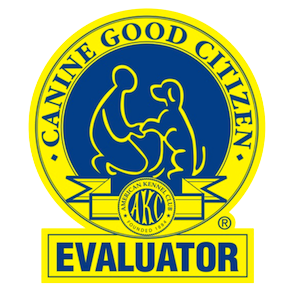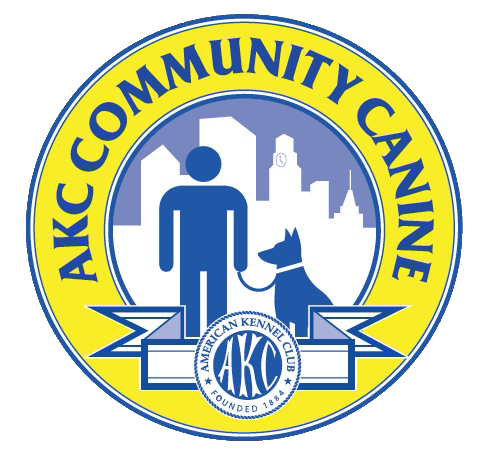VanBuren K9 Academy has now moved to Clyde, TX. We are still offering dog training classes in Abilene, Texas and the surrounding area. Over 23 years experience in breeding German Shepherds and training dogs of all breeds. VanBuren can help turn your puppy into the positive puppy. No matter what age or breed your dog can learn to be a respectful member of our society. We specialize in:
- basic obedience
- advanced obedience
- problem solving
- aggression
- socialization
- house breaking
- house manners
- management
If you think your dog could use help in any of the above items mentioned contact us today. We work with your dog, you and your entire family to ensure that all training and corrections are handled and given properly. Training is not breed specific so don’t be fooled by the name vanBuren K9 Academy. We have worked with almost every type of breed over the years and we can cater to your every need.
Different types of training philosophies
Avoidance
In the early 1990’s dog training began to head in a different direction. Most of the training before the 1990’s centered on avoidance. This is the term used when a correction is given to a dog in order for them to comply. They learn to avoid a behavior out of fear of receiving the correction again. It is also called the “Old yank and crank method” This method works, but it takes longer, doesn’t build a strong bond between handler and dog, causes the dog to become a reactive dog and is unfair. Which means the dog is too concerned about what it might get corrected for, that it won’t offer a behavior. The dog just simply reacts and doesn’t learn to become a problem solver.
Classical Conditioning
When dog training began to advance in the early 1990’s it was due to research that had proven a dog’s behavior could be conditioned or even re-conditioned through creating a mark for the dog to recognize that the reward was getting ready to come, due to the behavior they had just shown. This is called Classical Conditioning.
You will see a trainer ask for a behavior and the second the dog offers that behavior they mark it with a clicker. This creates a mark in time in the dog’s mind that they have done what was asked and they will begin to offer behaviors. You will see this in large pet stores that offer dog training or Sea World where the whales are trained. They do not give corrections to the dogs or whales and that works fine for them because they are in the same environment every time the training takes place.
The mistake is when you bring your dog home or out on a walk in the park and the dog becomes distracted from persons or the environment, and they have not received corrections, they could become very hard to manage and control. If you allow your self to become frustrated and over correct the dog at that time it can destroy any confidence your dog may have and destroy the bond you have with your dog.
Operant Conditioning
There are Negative and Positive corrections that must be used for proper dog training. A negative correction is where you withhold a reward or take a toy away from the dog. A negative correction should create a positive reaction in your dog. They will now offer a behavior to get the reward or toy that they lost. Positive corrections as an example – is where you might give a pop on the leash. This is used in a positive way to stop a negative behavior.
There are also positive/negative reinforcements that can be given to the dog. To create a positive behavior you can give pleasure or remove pain. In other words if I want my dog to heel I can reward him when he does it or I can apply pressure and pop his leash until he heels. Either way works, but our goal is to motivate the dog and encourage him to offer us desired behaviors. Rewarding him for offering behaviors will shape the behavior and build his confidence.
We can also change undesired behaviors by giving pain or removing pleasure. An example: we want our dog to stop jumping on us. That is a negative behavior that we want to stop. Some people believe in raising their knee and applying pressure to the dogs chest to stop the behavior. This works, but this is applying a punishment to the dog because of our lack of training. A better option is to remove a pleasure from the dog until he stops jumping.
Why do dogs jump on people? They are craving attention! A better option is to remove what they want. If they want your attention, then take it away from them. Turn to the side and completely ignore them until they offer you the behavior you desire. When they calm down and stop jumping then reward them with your attention. If they begin to jump again, just repeat the process until they begin to offer a desired behavior.
Our Philosophy (Reward based Training)
We believe that dog training must be fun and exciting for the handler and the dog. We use a balanced reward based system. The learning phase should be 100% motivational. We also use a marking system with either a clicker or with a marker word such as “YES”, or what ever you would like to use.
We begin by charging the mark. This is where the dog will begin to generalize that when they offer a behavior we will mark it and reward them with either a high value food reward or a toy. Once they understand what the mark is we then begin to work on engagement. Engagement is where we train the dog to remain focused on the handler at all times. This can be done with luring or playing games where the dog is rewarded for looking at the handler.
Management is a key component for all dog training. We properly manage the dog by putting them in an environment we create and then controlling the dog in that environment. Too many times dogs are allowed to run freely in the house without being trained on how they should conduct themselves in the house. The same goes for a park. Dogs should not be allowed to be off leash until the recall is 100% certain in a new environment with distractions.
After the mark has been charged, engagement has become strong and proper management has been established we begin to ask for behaviors by voice commands and hand gestures. We do not correct the dog at this time. If the dog has generalized the behavior with the command and we know 100% that they understand it, but they are not obedient. We will first try to redirect their attention to us through engagement. If they continue to avoid us, we will give them a correction. The correction should be appropriate and could be as simple as withholding a reward, saying “NO” or popping the leash. If this is done properly at the correct time it will not diminish the bond between the handler and the dog. Respect is the foundation of all positive interactions.
Corrections must be given within 5 seconds of the behavior, the quicker the better. This conditions the dogs mind to associate the behavior with the correction. It doesn’t require force or physical punishment. It is the same as marking the behavior we want from a dog. But instead of offering us behaviors, they now are problem solvers and thinkers. They begin to understand that every behavior either has a reward or a consequence. We teach the dogs how to make an educated decision through consistency, motivation, and proper correction when needed.
We are also offering AKC STAR puppy classes, AKC Canine Good Citizenship classes, AKC Community Canine and AKC Urban CGC classes in Clyde, TX. We regularly have openings available in our group classes. Please contact us if you would like for us to assist you with training your dog.



